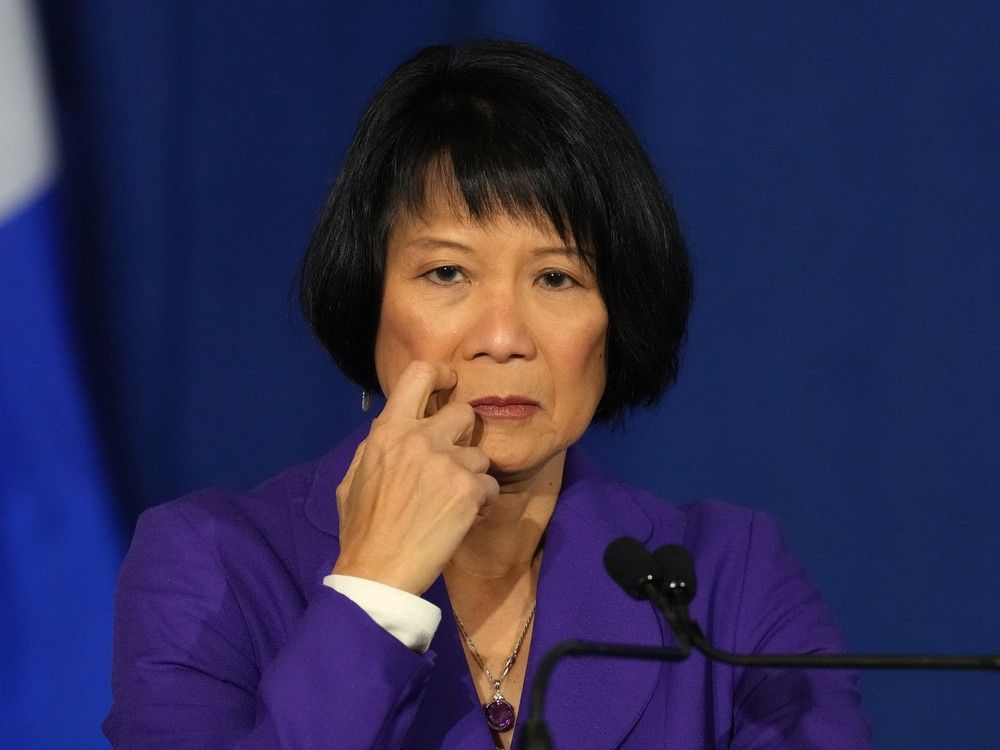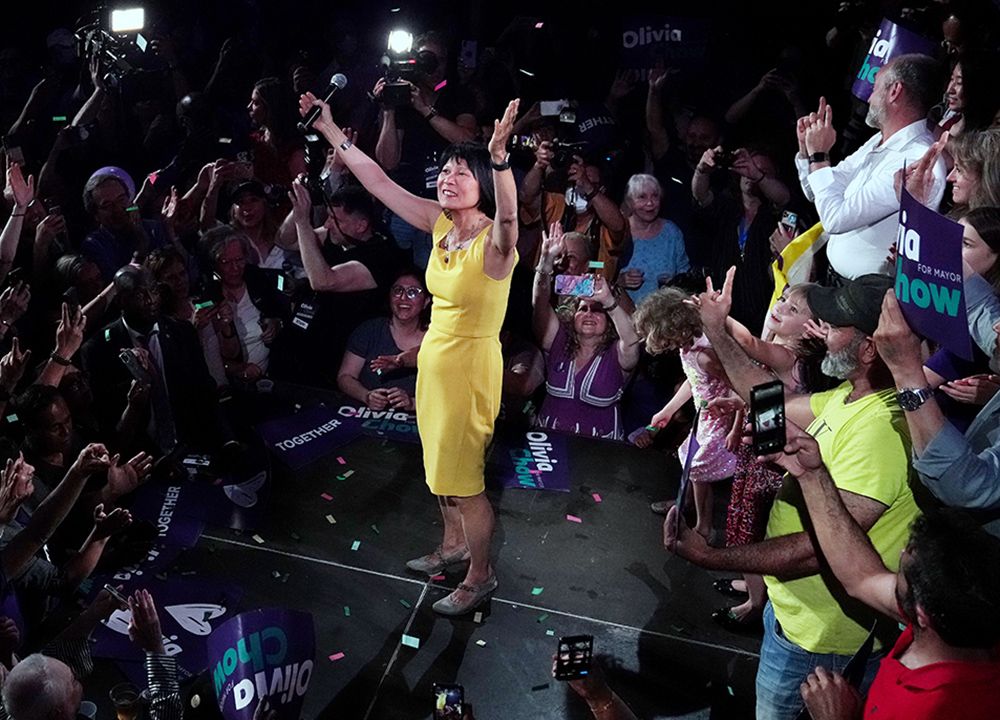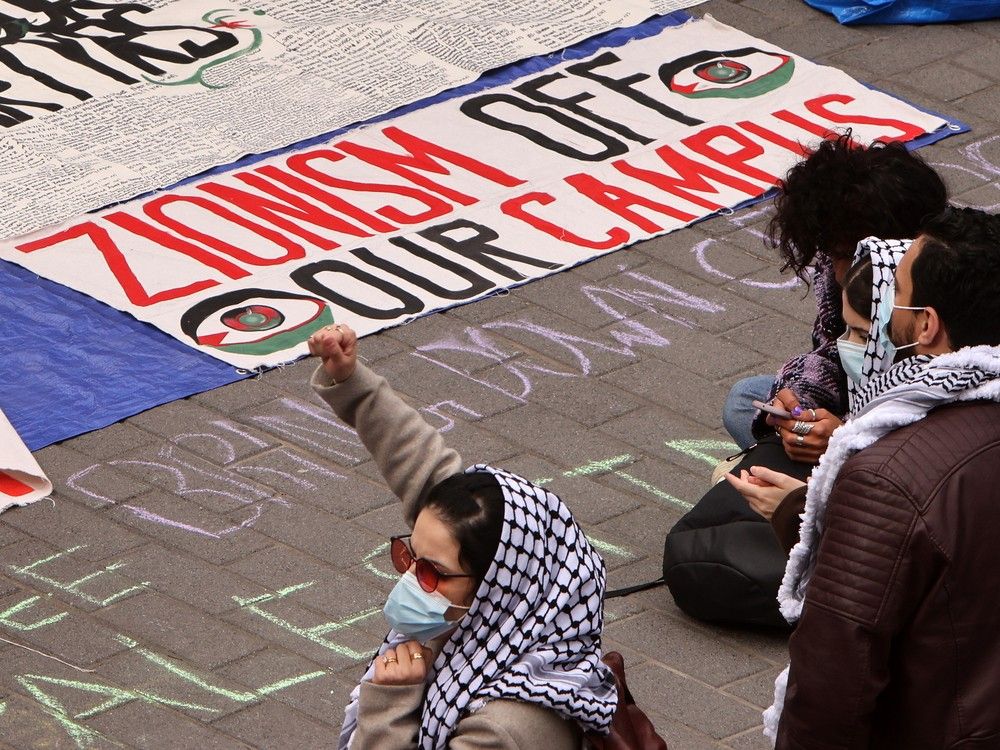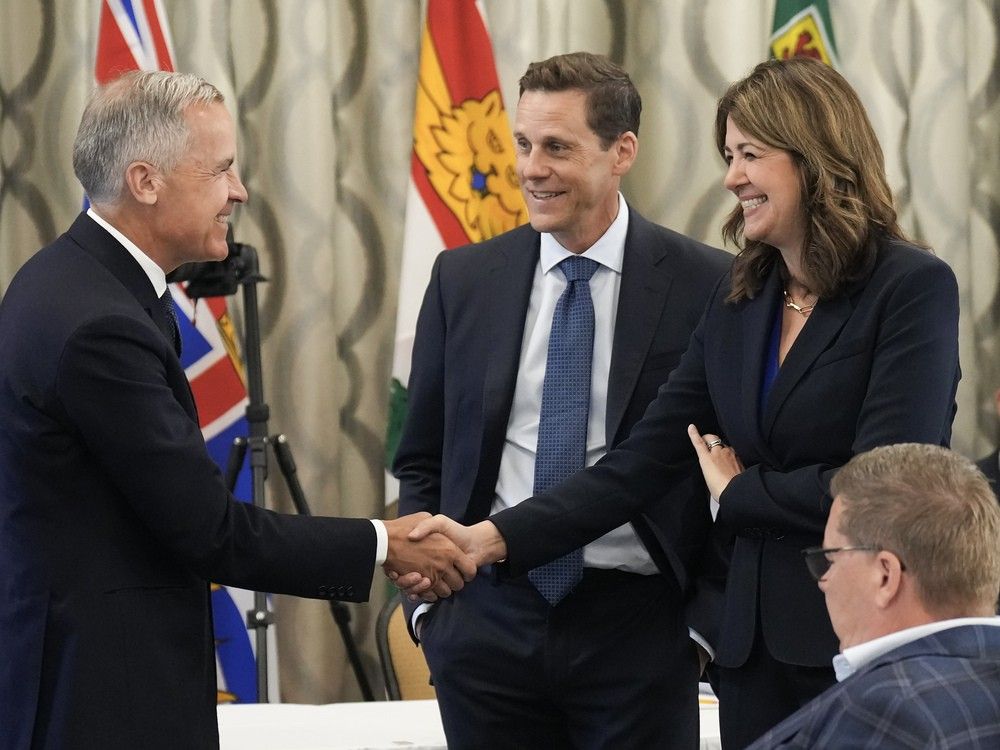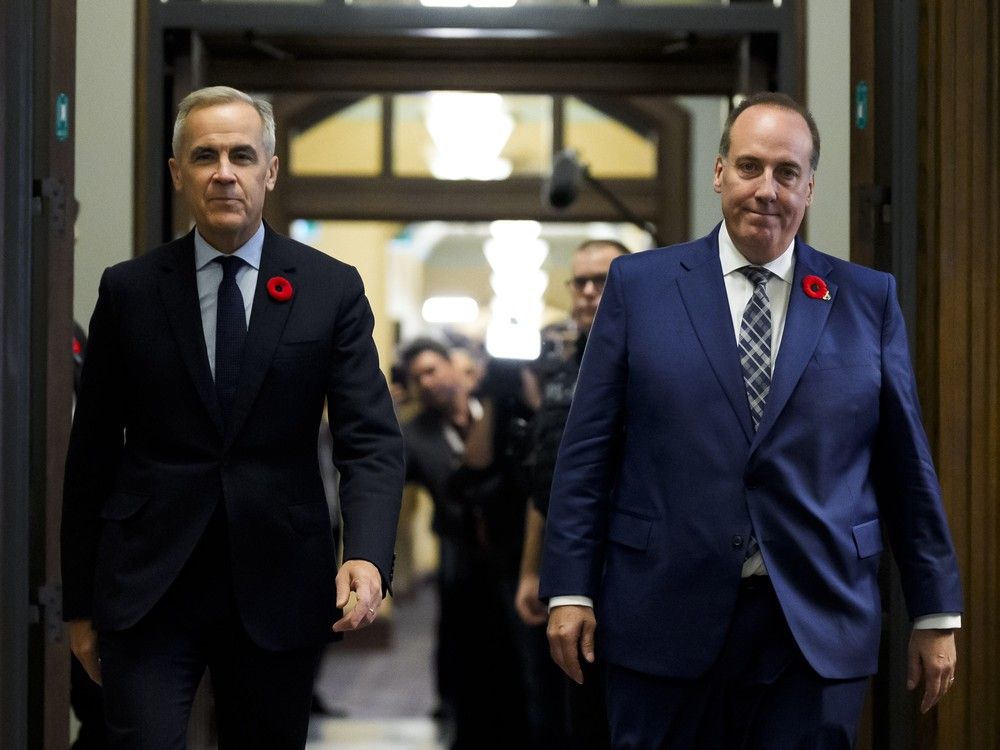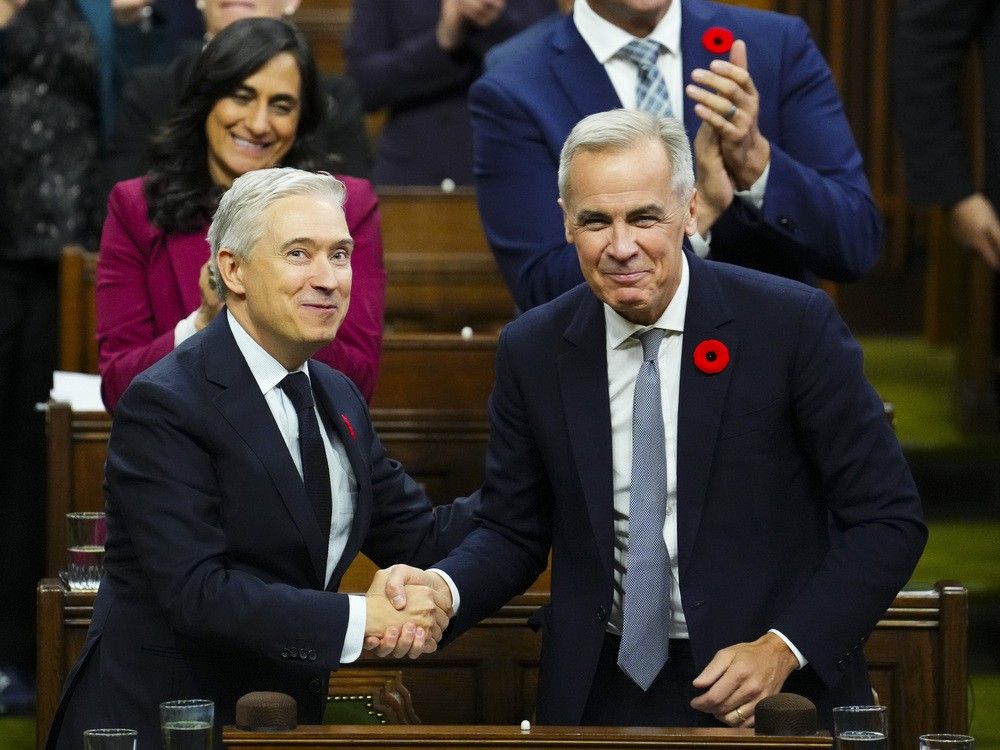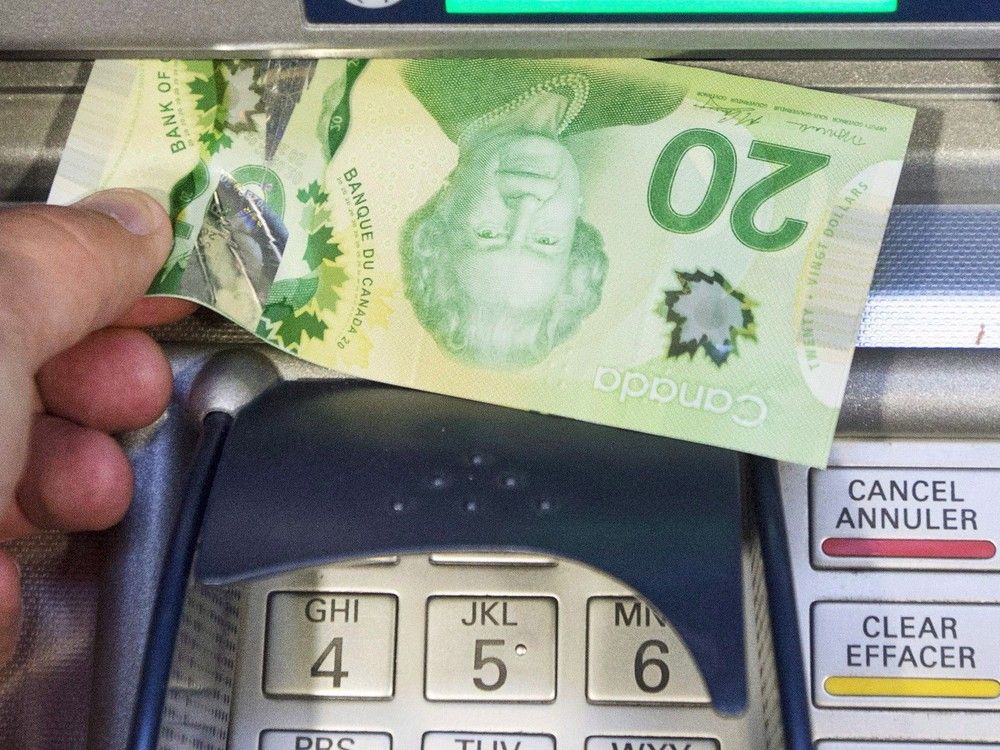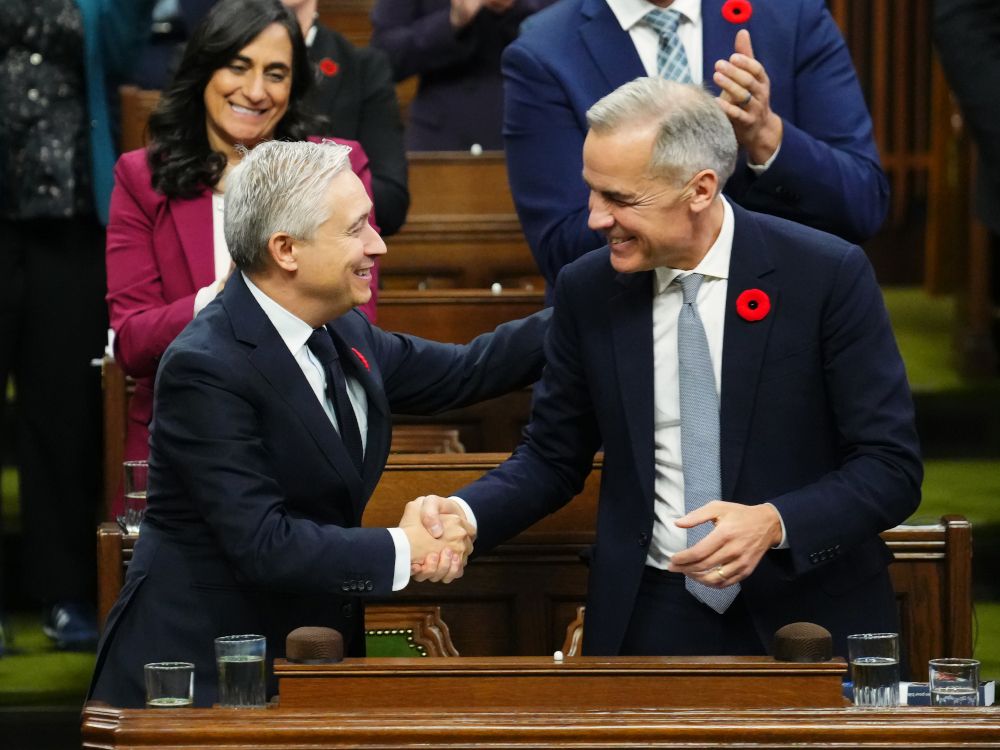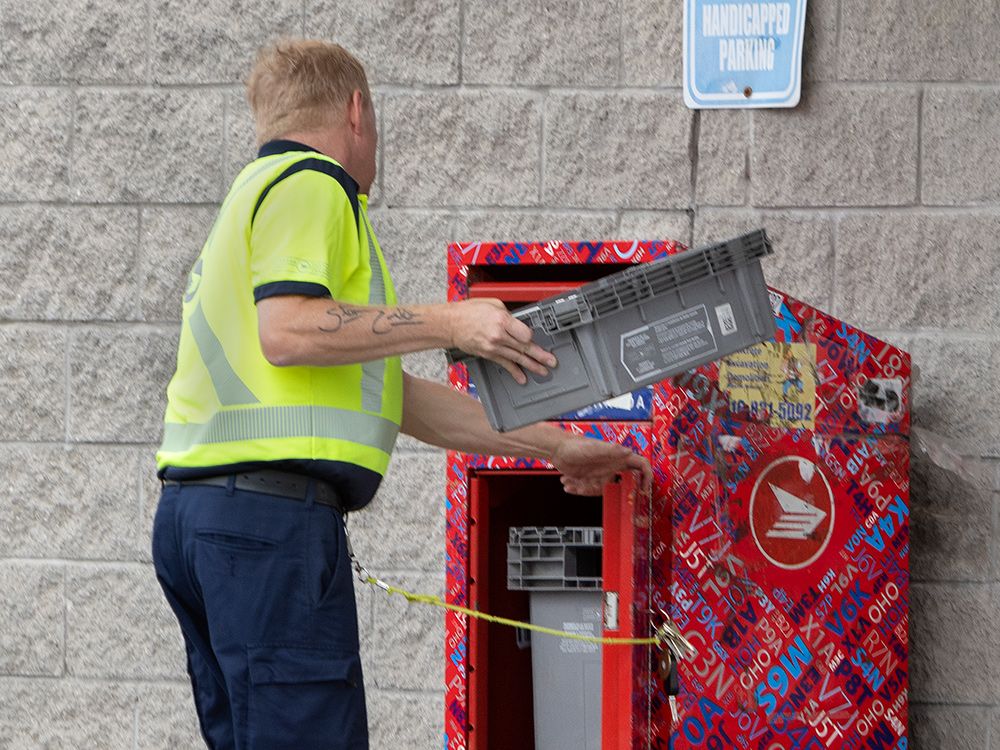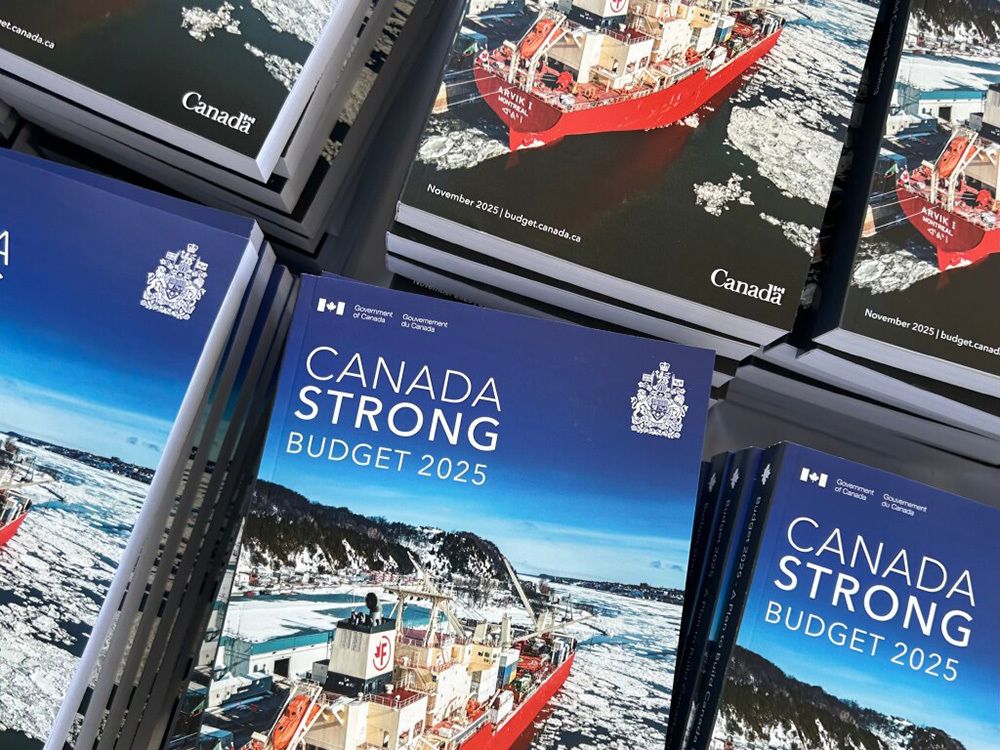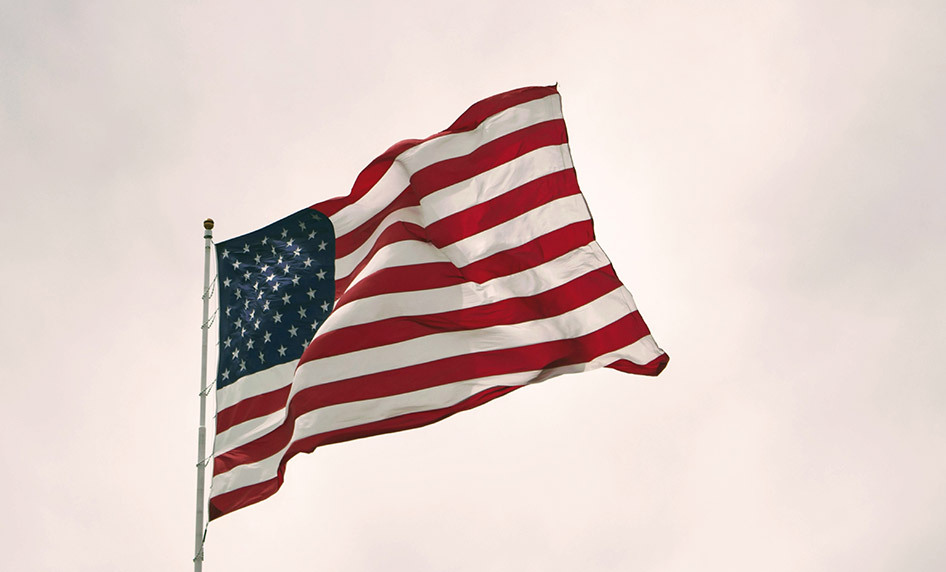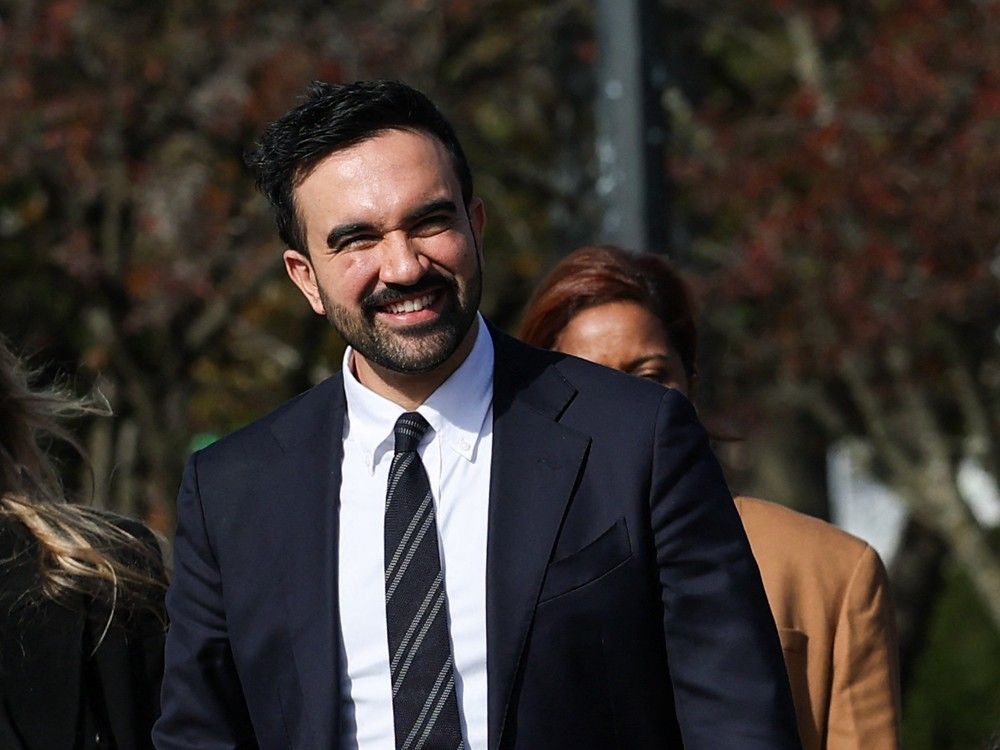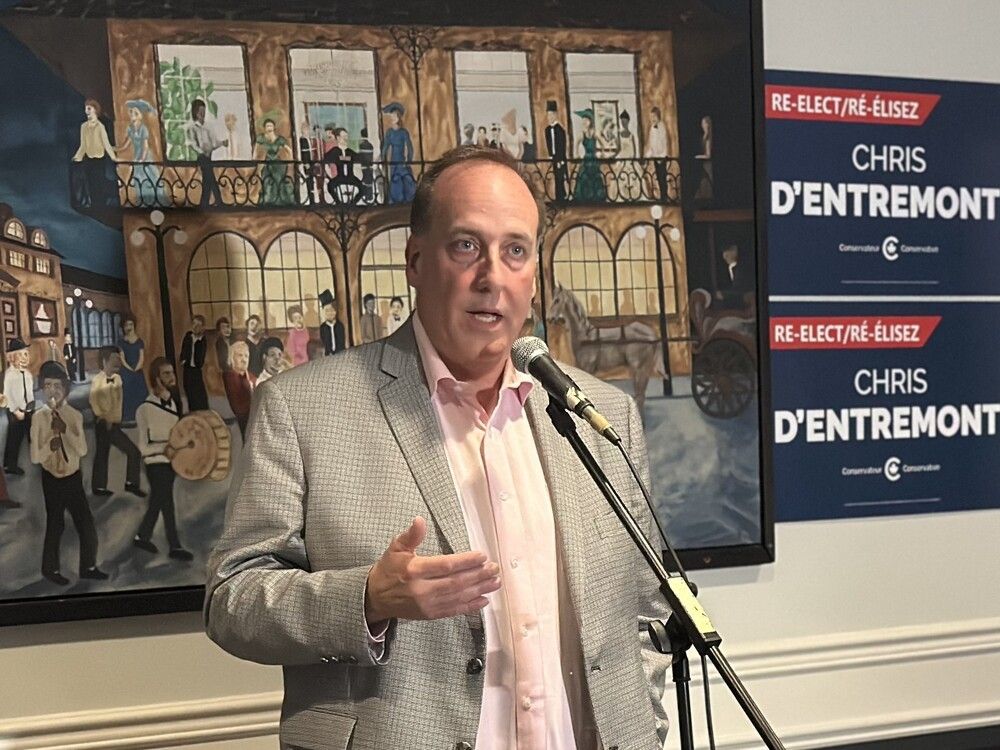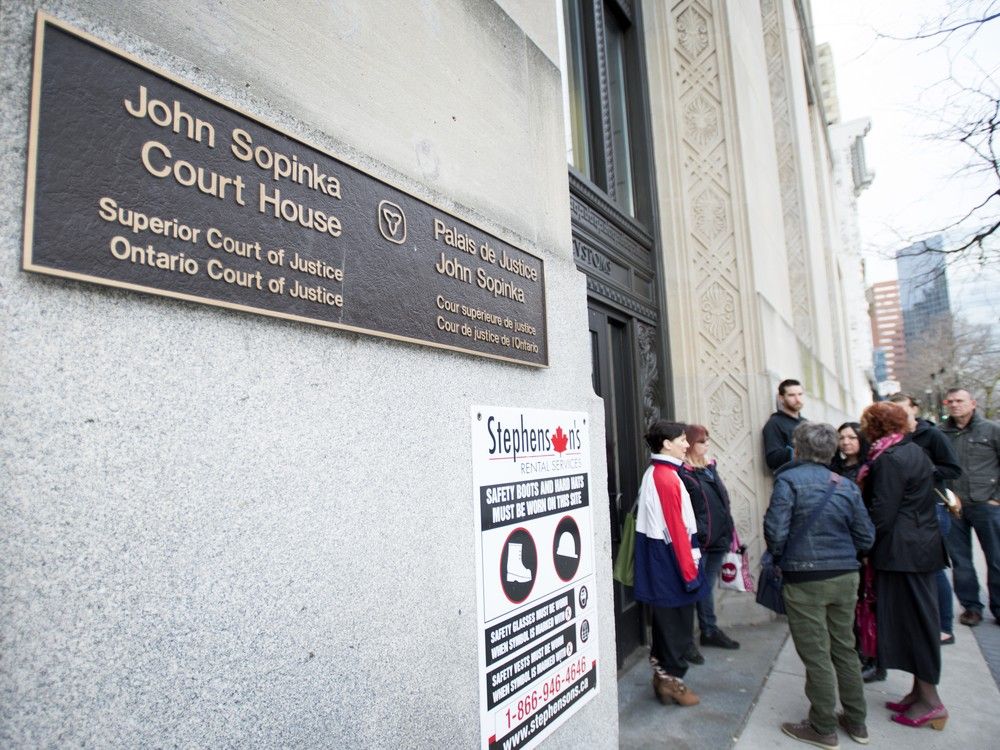
A Portuguese immigrant ordered deported six years ago for his role in the killing of a McMaster University mechanical engineering student has won a chance to restore his status as a permanent resident.
Luis Carlos Rebelo was initially convicted of manslaughter in 2017 and sentenced to over eight years in prison for his role in the group attack on Tyler Johnson, who died of a gunshot wound inflicted by another man. Johnson was gunned down in Hamilton during an early-morning altercation on Nov. 30, 2013, in front of Vida La Pita, a restaurant on King Street West at Caroline, just west of Hess Village.
Police described Johnson’s murder as a “co-ordinated attack carried out by a number of suspects.”
Three other men — Chad Davidson and brothers Brandon and Joshua Barreira — were convicted of first-degree murder for Johnson’s death. At least one of his killers, Joshua Barreira, claimed to have been in the area that night, driving a Jaguar and selling crack cocaine. He also claimed to have known Johnson since they were teens, and that Johnson had punched one of his assailants in the face before he was shot. His mother disputed that Johnson had known his killers.
Johnson, 30, was a fourth-year engineering student at McMaster when he died. He had reportedly just earned a scholarship for a master’s degree in mechanical engineering at the same school.
“He was taking school really seriously and had really high dreams and high hopes for himself,” a former girlfriend told CBC after his death.
In 2019, Canadian immigration authorities found Rebelo, a permanent resident at the time, “inadmissible for serious criminality and issued a deportation order that required him to leave Canada,” according to a recent Federal Court decision.
Immigration officials dismissed Rebelo’s appeal of the deportation order at the time because, according to the Immigration and Refugee Protection Act (IRPA), a “permanent resident or a foreign national is inadmissible on grounds of serious criminality” if they are sentenced to more than six months in jail.
Rebelo launched an appeal of that decision in September 2020 after the Ontario Court of Appeal allowed his appeal of his criminal conviction and ordered a new trial on the manslaughter charge.
“Believing he was no longer barred by the (IRPA) Mr. Rebelo applied for an extension of time to appeal his deportation order to (Canada’s Immigration Appeal Division, known as IAD). The IAD denied the request. In a February 2022 decision, the IAD found it did not have jurisdiction ‘at the current time’” and that Rebelo’s “application was premature.”
Rebelo then “successfully appealed his manslaughter conviction,” Federal Court Justice Christine Pallotta wrote in a recent decision.
At Rebelo’s new criminal trial in December 2022, he pleaded guilty to the lesser offence of counselling to commit aggravated assault, Pallotta said in her decision, dated Oct. 29.
“The judge sentenced him to six months less a day in prison. The prosecutor withdrew the manslaughter charge.”
But in December 2023 the IAD dismissed Rebelo’s appeal of his removal order, deciding it didn’t have the jurisdiction to hear the case.
Rebelo is a Portuguese citizen who has lived in Canada for 35 years, “since he was three years old,” Pallotta said.
He was a permanent resident of Canada but lost that status when he was ordered deported in 2019.
At the heart of the matter lies a section of the IRPA that has been interpreted in two ways in legal precedents.
One interpretation indicates that if a person successfully appeals a criminal conviction that landed them in jail for more than six months, they have the right to appeal their removal order.
According to the other precedent, “the only relevant sentence is the one that existed at the time the person was found inadmissible,” Pallotta said. “In other words, the appeal right is lost when a permanent resident is found inadmissible and it cannot be restored by a successful criminal appeal; however, going forward, the Minister cannot use an order that is based on an overturned conviction to deport the person from Canada.”
According to Pallotta’s recent decision, the IAD “preferred” the second precedent. It “barred” Rebelo’s appeal of his deportation order handed down six years ago.
Rebelo argued not allowing him to appeal his deportation order leaves him “stuck in limbo” and “without immigration status because of an unappealable deportation order that cannot be used to deport him but still affects him. Now a foreign national, he has no legal right to work or access provincial health care, is ineligible for Canadian citizenship, and cannot obtain permanent resident status without the (Immigration) Minister’s approval,” said the recent decision.
“Foreign nationals also face a heightened risk of immigration detention and can be deported for less serious offences.”
Lawyers representing Immigration Minister Lena Diab argued Canada’s IAD considered Rebelo’s “arguments and properly rejected them,” said the recent Federal Court decision.
The Immigration Act, they argued, “expressly limits the availability of an IAD appeal, consistent with Parliament’s objective of prioritizing national security to expeditiously remove people who are ordered deported for serious criminality. Mr. Rebelo remains inadmissible for serious criminality and the change to his conviction and sentence did not restore his immigration status or the appeal rights he lost when he was found inadmissible.”
Pallotta sided with Rebelo.
“I am granting Mr. Rebelo’s application,” said the judge.
“In my opinion, the IAD’s reasoning process and the outcome it reached do not withstand reasonableness review. The decision exhibits two fundamental flaws that render it unreasonable: a failure of rationality in the reasoning process and a failure to justify the decision in view of the relevant constraints bearing on it.”
Pallotta sent Rebelo’s case back to a different IAD panel for “reconsideration.”
Our website is the place for the latest breaking news, exclusive scoops, longreads and provocative commentary. Please bookmark nationalpost.com and sign up for our daily newsletter, Posted, here.




